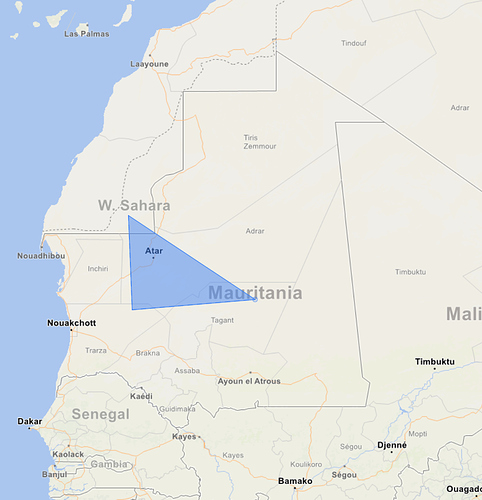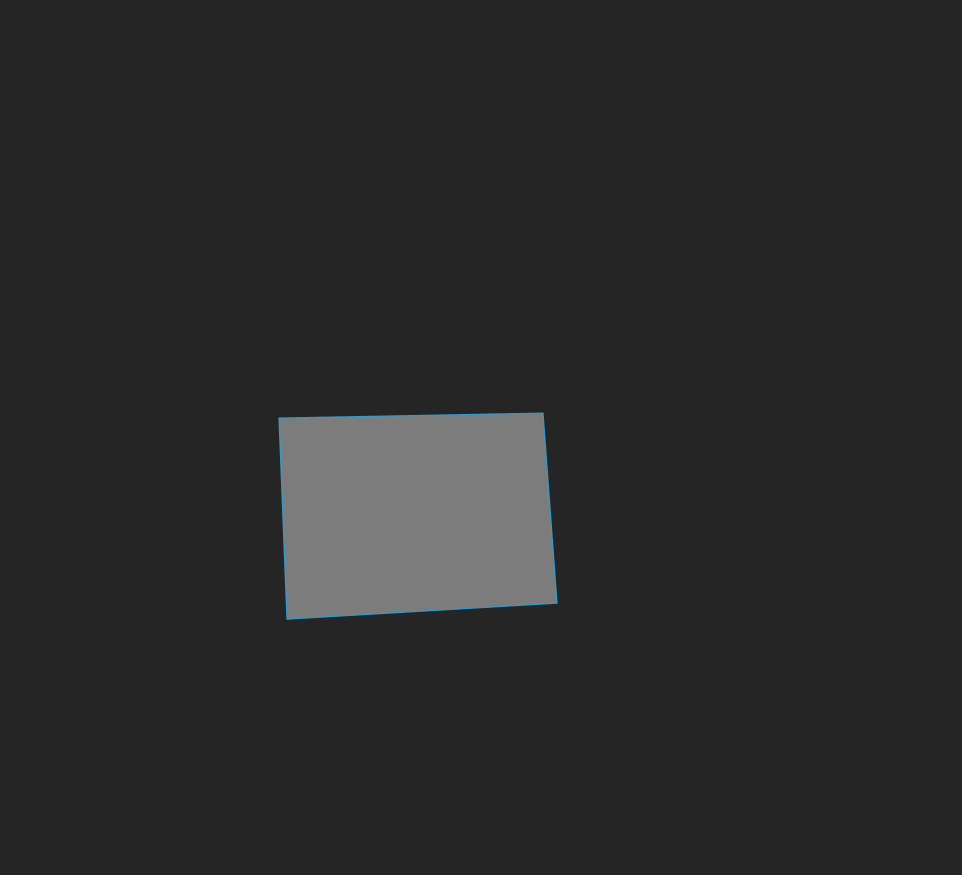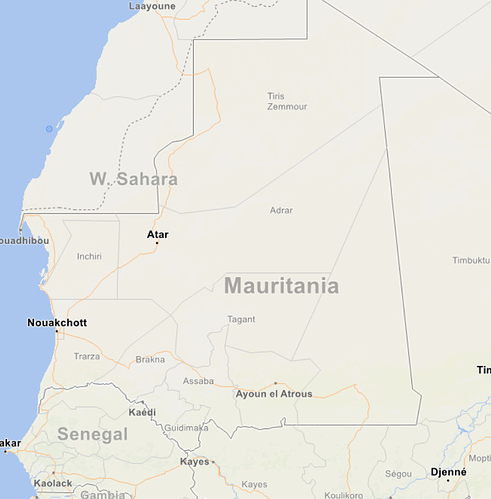Hello TG Folks,
I am having an issue with the map failing to draw features and overlays. Some of the time, it draws as expected. Some of the time, the wheels fall of the bus so to speak. Features that were previously drawn go missing, new features will briefly show but then disappear, overlays that haven’t changed will not draw at all, overlays with new features will not draw the new features but instead show its previous state.
I have attached images of me drawing a polygon on the map. While editing, the polygon shows just fine. When I double-click to stop editing, the polygon disappears. If I refresh the map by iterating through my overlays and “await Overlay[i].RedrawAsync().ConfigureAwait(true);”, I can see the polygon briefly, but then it disappears when the other overlays are drawn to finally show just a blank map. The data is there, but no, polygon. I have done several Redraw attempts to get the same results each time. Polygon shows briefly, but then it disappears to show a map without the polygon, and it makes me a sad panda since my customers complain that they can’t get their data to show on the map.
If I breakpoint the code, I can see the features are in the proper layers, which are in the proper overlays. So, I know the data is where it is supposed to be prior to doing a refresh. But, features and overlays won’t always show. This is a huge problem for my application since the user must refresh several times to get their data to show properly on the map if they can get it show at all. This problem is not limited to the edit overlay. I have an overlay of RasterLayers, two overlays of SQLite data, among other overlays. It is a crap shoot some of the time as to which features and overlays will actually display. Maybe I am doing something very wrong with my refresh methods, but I can’t seem to get the map to draw the current data consistently and accurately.
-
Drawing the polygon.
-
Done drawing the polygon
-
during refresh
-
Final product after refresh
edit: Polygon is still in the edit overlay. I can edit it, but it won’t show the polygon. I can clear it, and I can save it. However, none of that will change the fact that it doesn’t display on the map.
Again, this is not limited to the edit overlay nor is this the only example of the problem. It happens on all overlays except the FileRasterTileCache only overlay. That one seems to be very consistent in drawing. Sorry, I am trying to be through.
Any help would be appreciated. Thanks!
Sincerely,
Brandon Cook
P.S. Changes in the image sizes are just due to the amount of the screen I screenshotted.





